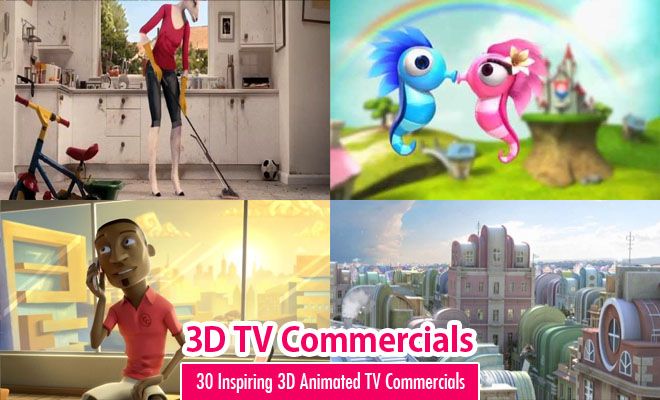
As the advertising sector evolves, 3D animation is revolutionizing storytelling, capturing audiences like never before.
This guide explores the top 10 cutting-edge 3D animation techniques shaping the industry. From photorealistic rendering to motion capture, these tools are driving unprecedented engagement in advertising.
Prepare to delve into a dynamic world where technology and creativity intersect, enabling advertisers to craft compelling narratives in innovative ways.
Welcome to the future of advertising.
Understanding the Power of 3D Animation in Advertising
In this section, we shall delve into the profound impact and significant influence that 3D animation has exerted on the advertising industry.
The advent of 3D animation has revolutionized the manner in which products and services are marketed, augmenting the effectiveness of advertisements by engaging the target audience in more immersive ways.
The utilization of 3D animation adheres to a set of animation ethics, ensuring that the content is respectful and appropriate for all viewers.
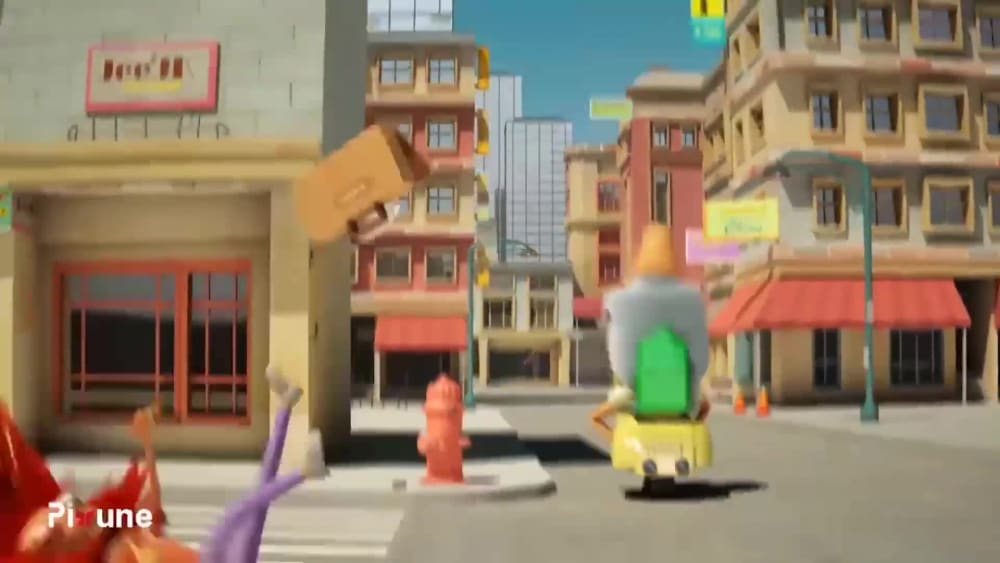
The advanced techniques in 3D animation have expanded the creative horizons of advertisers, allowing them to craft compelling narratives that not only captivate but also retain the attention of the target audience.
This dynamic shift demonstrates how 3D animation has emerged as a powerful tool in enhancing audience engagement and driving business growth.
The Evolution of 3D Animation in the Advertising Industry
Over the past three decades, 3D animation has undergone a significant evolution in the advertising industry, transforming the way products and services are showcased to consumers. Innovation enthusiasts have witnessed the historical impact of 3D animation's evolution, particularly its impressive displacement of traditional ads.
Initially, 3D animation was a novelty, used sparingly for dramatic effect.
As technology advanced, 3D animation became more sophisticated, enabling the creation of realistic and captivating scenes.
The advent of digital platforms saw a surge in animated ads, offering an immersive, engaging experience compared to traditional print or TV ads.
Today, hyper-realistic 3D animations are possible, driving customer engagement to unprecedented levels.
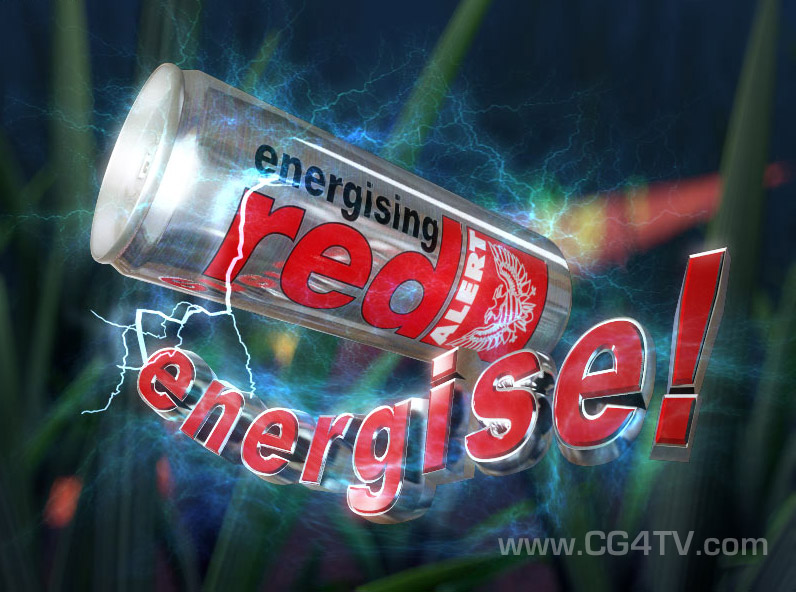
As we move forward, the innovation and progression of 3D animation in advertising promise to further redefine the industry.
To create compelling and cutting-edge 3D animations, selecting the right tools is of paramount importance. This includes not only advanced 3D software but also the necessary hardware to handle the computational demands of such sophisticated technologies.
Furthermore, with the advent of virtual reality, it is essential to understand and incorporate these tools into the 3D animation process to create immersive and engaging content.
Advanced 3D Software Selection
Selecting advanced 3D software is a critical step in creating cutting-edge 3D animations, as it provides the essential tools required for this intricate process. The selection hinges on several factors including:
Software compatibility: The selected software should be interoperable with existing systems and software to ensure a seamless workflow.
Animation outsourcing: The software should support collaboration and remote access, enabling firms to outsource animation tasks to specialized teams.
Feature-rich: The software should have robust features and capabilities to create high-quality, realistic animations.
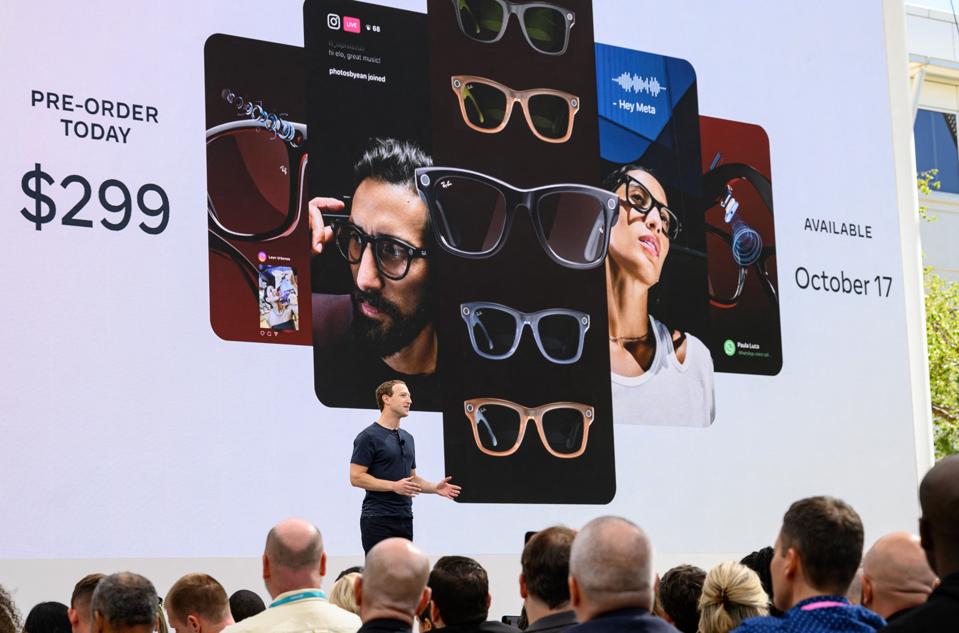
Ease of use: Despite its advanced nature, the software should have a user-friendly interface to facilitate quick learning and efficient usage.
Keeping abreast of the latest industry trends will enable you to make an informed decision that fuels innovation and revolutionizes your advertising efforts.
Hardware Requirements
Equipped with the right software, the next crucial step in producing cutting-edge 3D animations is ensuring you have adequate hardware resources. This not only involves owning high-performance computers but also making sure that sufficient storage and graphics support are in place.
Essential tools include a robust processor, a graphics card with a high memory bandwidth, and ample RAM. High-speed storage drives are also crucial for rendering large animation files. Aspiring animators should invest in expansive, high-speed SSDs.
Hardware Maintenance is pivotal to ensure optimal performance, while System Upgradation can leverage the capabilities of your tools, keeping in sync with the rapid advancements in 3D technology.
Cutting-edge 3D animations demand robust, advanced hardware systems that are well-maintained and periodically upgraded.
Seven essential virtual reality tools are revolutionizing the way 3D animations are created, enabling advertisers to create more immersive and engaging content. They are leveraging VR interactivity to foster higher levels of user engagement, transforming advertising with an innovative approach.
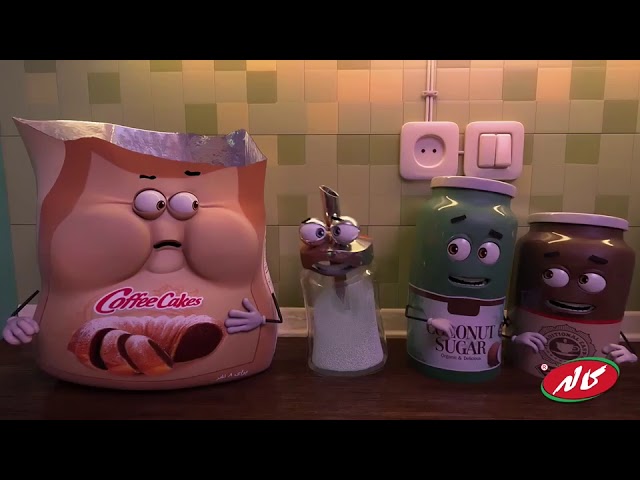
VR Headsets: These devices provide a fully immersive experience, allowing users to interact with 3D environments in real-time.
VR Software: Software like Unity and Unreal Engine enable the creation of realistic 3D animations and interactive VR content.
Motion Capture Systems: These tools capture real-world movements and translate them into 3D animations, enhancing VR interactivity.
3D Scanners: These devices scan real-world objects and environments, converting them into 3D models for VR.
These tools are equipping advertisers with the ability to craft immersive experiences that captivate audiences, driving the future of advertising.
Technique 1: Photorealistic Rendering in Advertising
Photorealistic rendering is becoming an integral part of modern advertising. It provides the ability to construct visuals that are virtually indistinguishable from real-life objects or scenes. The impact this technique has on consumer perception is profound. It significantly enhances the perceived quality of products and services, thereby influencing buying decisions.
As the technology evolves, it's important to understand the advancements that are driving this trend and the challenges they present.
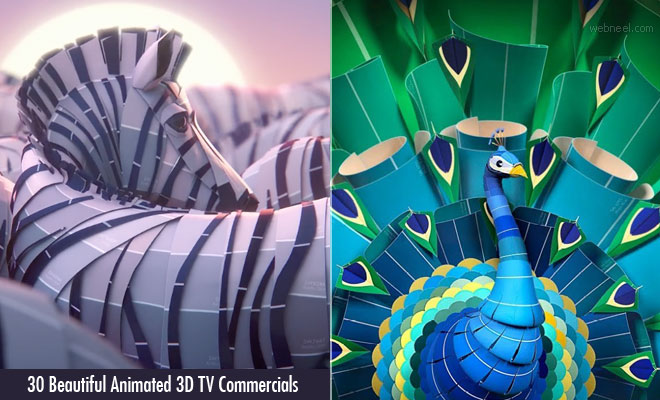
Understanding Photorealistic Rendering
Delving into the realm of 3D animation, particularly in the context of advertising, we first turn our attention towards an increasingly popular technique known as photorealistic rendering. This technique is a cornerstone in the Rendering Techniques Comparison, and has pushed the boundaries of what's possible in visual representation.
Now, let's explore four key aspects of photorealistic rendering:
Detail: This technique infuses an unparalleled level of detail, capturing every minute aspect of real-world materials.
Realism: It creates visuals that are near-indistinguishable from reality, making it a powerful tool in advertising.
Influence: Numerous Influential Artists in Photorealistic Rendering have used this technique to produce breathtaking visuals.
Innovation: This technique is at the forefront of innovation, transforming traditional advertising into immersive experiences.
Impact on Consumer Perception
Both the depth and precision of photorealistic rendering in advertising have a profound impact on consumer perception, transforming the way audiences engage with and respond to marketing content. This cutting-edge technique brings a new dimension to advertising, enhancing consumer engagement by creating a lifelike representation of products and services.

The hyper-realistic images captivate viewers, fostering a deep connection that transcends traditional advertising methods. Perception alteration is another key benefit. By presenting products in an ultra-realistic light, advertisers can reshape consumer perception, adding value and desirability to their offerings.
In a competitive marketplace, photorealistic rendering stands as a game-changer, creating immersive experiences that not only attract but also retain consumer interest.
Technological Advancements and Challenges
In the realm of 3D animation, the rise of photorealistic rendering in advertising heralds a new era of technological advancements, even as it introduces unique challenges to overcome. This pioneering technology offers advertisers the ability to create visually striking, highly detailed imagery that closely resembles real-life objects and environments.
Animation Ethics: As photorealistic rendering blurs the line between reality and fiction, ethical considerations arise. Responsible usage policies should be established to avoid misleading consumers.
Augmented Reality Challenges: While this technology enhances AR experiences, it demands significant computational power, which could hinder its widespread adoption.
Resource Intensive: High-quality rendering requires substantial time and computational resources.
Skills Gap: There is a need for skilled professionals who can effectively utilize these advanced technologies to create compelling and ethical advertisements.
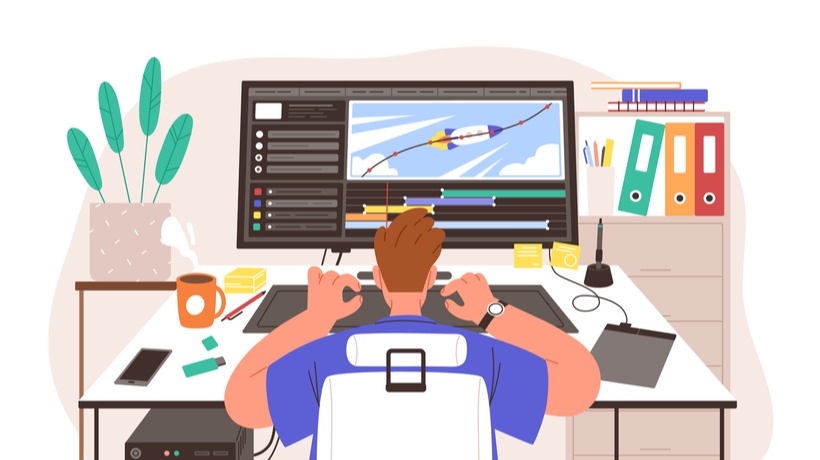
As we navigate these challenges, the potential for innovation and creativity in advertising is vast.
Technique 2: Motion Capture and Its Impact on Advertising
Over the past decade, the application of motion capture technology has significantly reshaped the landscape of advertising. This groundbreaking technique enables advertisers to create more realistic and engaging content, transforming the way products are represented.
However, the rise of motion capture has also introduced new ethical considerations, particularly around Motion Capture Ethics and Performance Data Ownership. As we increasingly rely on this technology, it's vital to ensure that the rights of those whose movements are captured are respected.
Moreover, the ownership of performance data captured becomes a critical issue. It's not just about the innovative representation of brands; it's also about navigating the new ethical landscape that this technology presents.
Technique 3: 3D Modelling and Its Applications in Advertising
Delving into the world of 3D modelling, we find a technology that not only revolutionizes the creation of realistic and detailed visuals but also redefines the way advertisers communicate brand narratives. Modelling Software Innovations have opened up a plethora of opportunities for advertisers to create hyper-realistic 3D models, leading to an Advertisements Interactivity Boost.
Enhanced Realism: Modern modelling software generates incredibly realistic 3D models, enhancing audience engagement.
Customizability: Advertisers can modify every aspect of the model, offering high adaptability to suit different campaigns.

Interactivity: 3D models can be manipulated in real-time, enabling interactive advertisements.
Virtual Reality Integration: 3D models seamlessly integrate with VR technologies, opening up immersive advertising possibilities.
This technique is pivotal in conveying complex product features and evoking emotional responses, reshaping the advertising landscape.
Technique 4: Texture Mapping for More Realistic Advertisements
Breaking down the intricacies of texture mapping, this technique essentially breathes life into 3D models by applying high-resolution textures, thereby forging a path towards hyper-realistic advertisements that resonate with viewers.
This innovation hinges on the Texture Mapping Fundamentals, which involves layering graphical textures onto 3D surfaces to create depth and detail.
It is key to note the Texture Variety Importance - a vast range of textures fosters a more immersive and believable visual experience. The use of diverse textures, from rough brick walls to glossy glass surfaces, enhances authenticity.
As advancements in digital technology continue to soar, texture mapping is becoming increasingly refined, opening new avenues for advertisers to captivate audiences with spectacularly realistic, detailed, and engaging 3D animations.
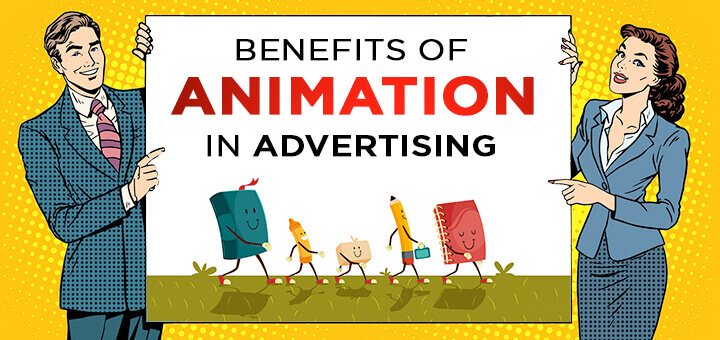
Technique 5: Rigging and Its Role in Creating Dynamic Ads
In the dynamic world of 3D animation, the technique of rigging stands as a cornerstone, enabling animators to create lifelike movements and poses in advertising models, thereby crafting compelling and visually stunning ads. Rigging fundamentals revolve around the creation of a skeleton (rig) to which the 3D model (skin) is attached, allowing for realistic movement.
Joint Placement: Strategic positioning of joints enhances realism.
Skin Weighting: This involves the distribution of influence a joint has on the skin.
Inverse Kinematics: A key component of Kinematics in Advertising, where the movement of one joint affects others.
Control Rig: Allows animators to manipulate the rig for desired poses.
The integration of rigging in advertising is transforming the industry, enabling the creation of vibrant, dynamic ads that captivate audiences.
Technique 6: 3D Scanning and Virtual Reality in Advertising
Moving forward with our exploration of advanced 3D animation techniques, we turn our attention to the innovative intersection of 3D scanning and virtual reality within the realm of advertising.
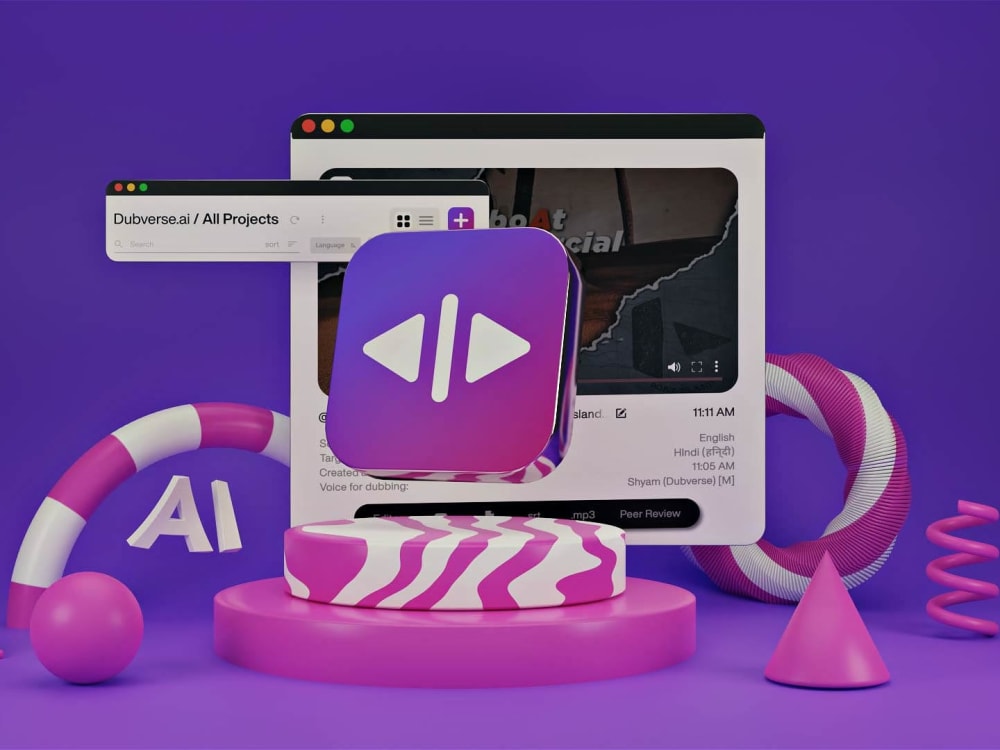
The refinement of scanning accuracy improvements has allowed advertisers to create highly detailed and lifelike 3D models, enhancing the consumer experience and engagement.
The seamless 3D to VR conversions further elevate these models, transporting consumers into immersive, interactive virtual landscapes.
This innovative blend not only offers a cutting-edge platform for product showcasing but also opens up new avenues for storytelling and brand engagement.
The intersection of these technologies marks a significant transformation in the advertising industry, offering an immersive, interactive and engaging way for brands to interact with their audience.
Future Predictions: The Next Big Trends in 3D Animation Advertising
As we stand on the precipice of a new era in 3D animation in advertising, it is essential to forecast and understand the imminent trends that will shape the industry.
This includes identifying potential industry transformations and emerging 3D techniques that will redefine the advertising landscape.
In the ensuing discussion, we will examine these anticipated advancements, shedding light on how they will revolutionize the way we conceive, create, and consume advertising content.
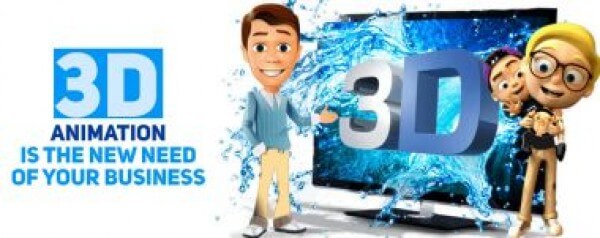
With the rapid advancement of technology, it is anticipated that remarkable shifts in the landscape of 3D animation advertising are on the horizon, promising to revolutionize the industry.
This Industry Disruption, driven by Digital Innovations, will manifest in several key ways:
Hyper-realism: As technology advances, 3D animations will become more life-like, enhancing consumer engagement and brand recall.
Interactivity: Future innovations will allow consumers to interact with 3D animations, providing a personalized experience.
Artificial Intelligence: AI will play a significant role in creating cost-effective, high-quality 3D animations, revolutionizing the production process.
Virtual Reality: Adoption of VR will allow for immersive 3D advertising experiences, taking storytelling to new heights.
These transformations are set to redefine the advertising industry, offering unprecedented opportunities for brands to connect with their audiences.
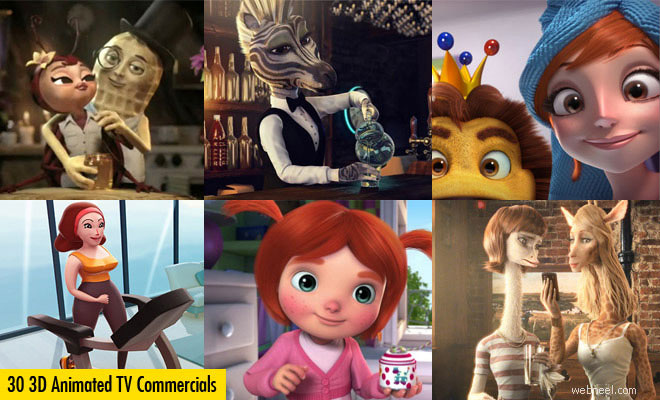
Emerging 3D Techniques
Often, the realm of 3D animation advertising is seeing inventive techniques emerging that are predicted to become the next big trends in the industry. Among these, Augmented Reality Advertising stands out as a revolutionary approach. It offers an immersive experience that entices viewers, ensuring memorable, engaging advertisements.
Another promising technique is Holographic Display Techniques, which deliver a high level of interactivity and realism. This cutting-edge technology enables advertisers to project 3D animated ads in real space, giving consumers a tangible sense of product or service.
As technology continues to evolve, these ground-breaking techniques will play a pivotal role in shaping the future of 3D animation advertising.
The intersection of technology and creativity will undoubtedly continue to push boundaries and redefine the advertising landscape.
Frequently Asked Questions
What Is the Cost of Producing a 3D Animation Advertisement as Compared to Traditional Methods?
Producing a 3D animation advertisement can be costlier than traditional methods due to the intricate processes involved. However, the Animation ROI and appeal to 3D Advertisement Demographics often justify the higher investment.
How Much Time Does It Typically Take to Create a 30-Second 3D Animation Advertisement?
Creating a 30-second 3D animation advertisement typically takes 4-6 weeks. This duration is influenced by factors such as animation software choices and the need for managing client expectations effectively throughout the production process.
What Are Some Specific Examples of Successful Advertising Campaigns That Utilized 3D Animation Techniques?
Successful campaigns utilizing 3D animation include Adidas' "Oceans" campaign, Coca-Cola's "Man & Dog" ad, and Sony Bravia's "Bouncy Balls". These unconventional 3D ads dramatically illustrate the transformative impact of 3D animation in advertising.

Are There Any Potential Drawbacks or Challenges in Using 3D Animation in Advertising?
While 3D animation offers innovative advertising solutions, potential drawbacks include animation limitations such as difficulty achieving realistic detail, and software complexity requiring specialized skills and potentially increasing production time and costs.
What Skills and Qualifications Are Needed for Someone to Work in the 3D Animation Advertising Industry?
In the 3D animation advertising industry, individuals require strong artistic skills, proficiency in animation software, and a relevant degree. Continuous learning for career advancement opportunities is essential due to rapidly evolving technological trends.
 Digital Art InstructionDIY Infographics DesignMobile Game ArtworkPersonalized Logo Design3D AnimationeBook Covers DesignPrivacy PolicyTerms And Conditions
Digital Art InstructionDIY Infographics DesignMobile Game ArtworkPersonalized Logo Design3D AnimationeBook Covers DesignPrivacy PolicyTerms And Conditions
